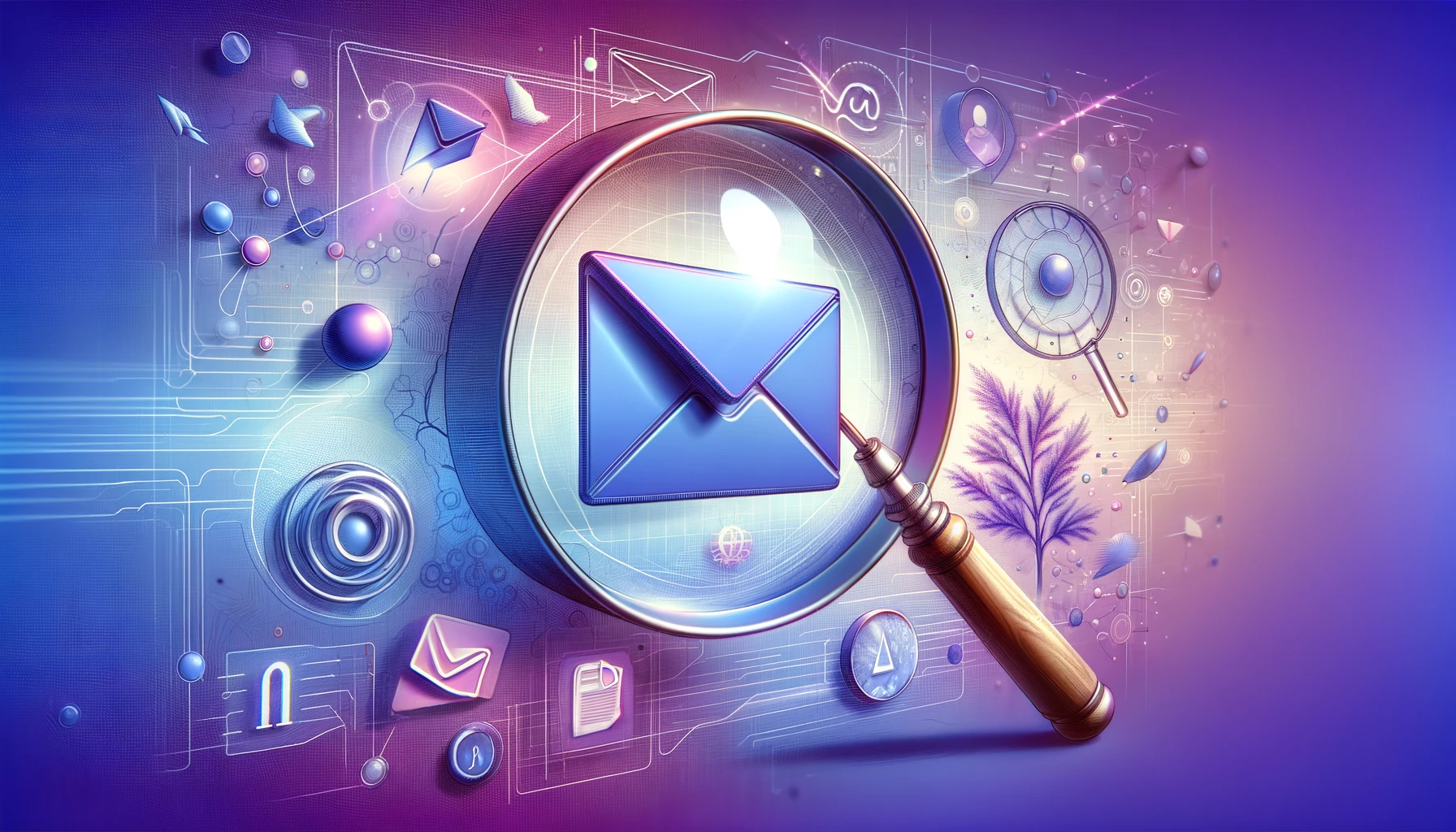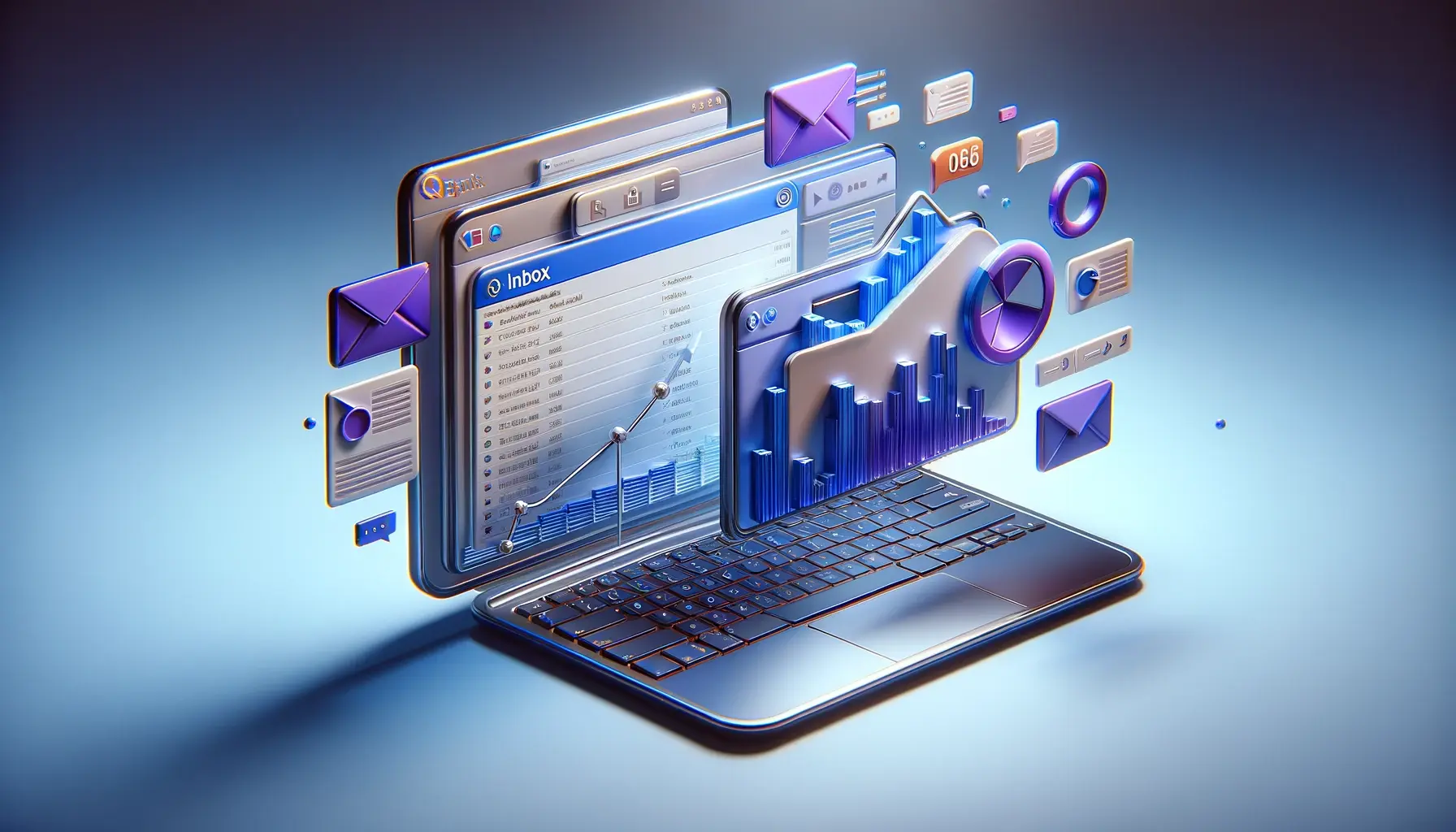What is an Email Framework?

Explore what email frameworks are, how they help outreach, and how to create one
Templates are so yesterday. Welcome to the era of email frameworks.
Email frameworks provide a clear structure for your emails, making it easier to get ideas across. Like templates, frameworks save you time and scale your messaging, but they give more flexibility than most sales templates.
Here’s a closer look at email frameworks, what they are, and how to create one.
What are email frameworks?
An email framework is a structured approach that makes writing emails faster and easier. Instead of starting from scratch each time, frameworks give you a clear path to follow.
Frameworks usually include guidelines on what to write for your:
- Subject line
- Greeting
- Main body
- Call to action
- Closing
You can adjust the framework based on your goal, whether it’s sales, customer support, nurturing, or something else.
A simple way to visualize this is by imagining email frameworks as lego sets. Each piece is adjustable (if not even customizable), and the final creation is the email itself.
Similarly, a well-constructed lego set will elicit wows, and a well-constructed email will score replies.
How are frameworks different from templates?
Frameworks are not the same as templates.
There are some similarities, and they unlock some of the same benefits. But at the end of the day, they are different tactics for scaling email outreach.
Here’s a side-by-side comparison of frameworks to templates:
| Frameworks | Templates | |
| Content | Provides a general guide for creating emails. They give insight on what to include, but content is easily changed. | Contains pre-written content that can be copy-pasted. They often have personalization placeholders, and are made “ready to send” for specific purposes. |
| Flexibility | Easily adapted to various types of emails (e.g. initial, follow-ups) and goals. | Typically more rigid and targeted for a specific, high-volume use case (e.g. invitations to a webinar). |
| Usage | Used when you want to tailor emails to fit situations and keep messaging fresh without using the same text. | Used when you need speed and consistency in communication with little to no personalization. |
| Writer input | Decent amount of input is expected from the writer. Sentences work like guidelines (meant to be followed but easily broken). | Little to no input is expected from the writer. At most, basic personalization. However, most templates can be automated with placeholders. |
Email frameworks give you flexibility that templates don’t. They provide enough structure that you know what to write about, but they grant enough adaptability and room for creativity that you can tailor content for the reader.
But even though templates are gradually becoming obsolete, there are still situations when a template is useful:
- High-volume standardized messages like welcome messages and event invites
- Training a new AI model
- Fine-tuning ChatGPT or other LLM alternative
- AI model distillation
- Email reminders
- Announcements
What are the benefits of email frameworks?
The overall goal of a framework is to simplify email writing.
Frameworks also offer these benefits:
- Clarity & consistency – Email frameworks ensure all your messages follow the same general structure. The more you practice writing within the same framework, the simpler and quicker you’ll write future messages.
- Flexibility – Frameworks allow you to easily adjust the tone, content, and details of your messages for difference audiences. They also help you go deeper into personalization, which in turn improves email results.
- Efficiency – Good frameworks with proven results speed up writing while ensuring you cover major points and don’t have to start from scratch.
- Scalability – Frameworks are easily scalable, and like templates, they can be used to train AI models or fine-tune LLM outputs.
For instance, AiSDR was trained on sales frameworks and success scripts from 50+ sales leaders. You can also easily build your own framework into AiSDR.
How do you create a good email framework?
Creating good email frameworks from scratch involves reviewing your old emails, seeing how they’ve performed, and crafting structures based high-performers.
Here’s a general rundown of the steps you’ll take to build an email framework for sales:
- Define the email’s purpose – Is it to nurture leads? Introduce a product? Get a meeting scheduled? Settle on a goal so that you can structure your email accordingly.
- Know your audience – Consider who you’re writing to. Set the language, tone, and content based on the information in your ideal customer profiles and buyer personas.
- Outline the key email elements – This should cover your subject line, introduction, core message, call to action, and closing.
- Build personalization into the framework – Specify what and where to reference specific lead details, such as name, company, interactions, pains, or anything else.
- Make the language simple and direct – Frameworks thrive on simplicity. Salespeople should be able to glance at a framework and know what they’re writing. In turn, what they write will be simpler for leads.
- Test and adjust – Each time you draft a new framework, test it. Send some emails using the framework, track their performance, and refine the framework using data.
But if you’re not interested or don’t have time to create your own framework, you can review common frameworks and pick the ones you like.
What are some common email frameworks?
There are several email frameworks that businesses can use depending on their goals.
AIDA (Attention – Interest – Desire – Action)
When to use
The AIDA framework is ideal for sales and marketing emails where your goal is to drive the reader toward a specific action, like making a purchase or booking a demo.
How it works
- Attention – Start with a subject line that grabs the reader’s attention.
- Interest – Spark the reader’s interest by highlighting a relevant problem or opportunity.
- Desire – Build desire by offering a solution to their problem.
- Action – End with a clear action goal like setting up a time to chat.
PAS (Problem – Agitate – Solution)
When to use
The PAS framework works best for emails where you want to address a pain point and offer a solution.
How it works
- Problem – Draw attention to a specific problem the reader is experiencing.
- Agitate – Emphasize the problem’s negative impact on the reader.
- Solution – Present your product as the best solution.
3-B (Brevity – Bluntness – Basic)
When to use
The 3-B framework excels at quick updates and event invites.
How it works
- Brevity – Start with a short, clear message about your purpose.
- Bluntness – Highlight the key benefit. Answer “Why should they care?”
- Basic – Close with a direct call to action so the reader knows what to do.
Justin Michael Method
When to use
The Justin Michael Method framework helps you spend less time writing emails and more time talking to prospects over the phone or multi-threading conversations with 2-5 leads at the same company.
How it works
- 1 spear – Spears are short, compact emails that focus on a prospect’s pain/fear, presents you as a solution, and provides relevance.
- 2 reply bumps after each spear – Reply bumps are short follow-ups designed to “bump up” your email in a lead’s inbox.
- 3 email clusters (1 spear + 2 bumps) as 1 cadence over 11 days – In a short period of time (11 days), you’ll aggressively reach out to a lead with a total of 3 spears and 6 bumps.
Jobs-to-be-Done framework
When to use
The Jobs-to-be-Done Framework helps you focus your message on the tasks or “jobs” that prospects want done so that you’re not distracted by showing off your cool new feautres.
How it works
- Job – The specific task or goal a customer wants to achieve in a given situation.
- Struggle – The challenges or obstacles the customer faces while trying to complete the job.
- Solution –The product or service offered to help the customer overcome their struggle and accomplish the job.
- Result – The positive outcome or benefit the customer experiences after using your solution to complete the job successfully.
Miscellaneous frameworks
Here are some of the other frameworks available in AiSDR’s framework library:
- Show Me You Know Me
- Yurii Veremchuk
- Founder Outreach
- ACCA (Awareness – Credibility – Conviction – Action)
How do you choose the best framework for you?
Frameworks aren’t one-size-fits-all. In other words, what works for an emerging start-up probably won’t work for large companies and enterprises.
You’ll want to consider these 5 factors when picking a framework to start with:
- Goal – Decide your sales or marketing goal. For instance, if you want readers to take immediate action, you might opt for a framework based on AIDA.
- Audience – Frameworks need to help you write emails that resonate with your audience and move them closer to your goal.
- Content – Different content often needs different frameworks. Monthly product newsletters, nurturing emails, and post-event follow-ups all contain different content, so they shouldn’t use the same framework.
- Testing – It’s impossible to know which framework will help you drive results without testing them. Run A/B tests to figure out frameworks that work for you.
- Consistency – Frameworks unlock consistency across emails in tone and style, which can help you build a brand voice and recognizability.











